I have been mentoring and coaching for years because I love helping designers get into the industry or progress in their careers. It’s rewarding and I learn a lot from every single conversation.
Helping designers with mock interviews and case studies, I noticed some patterns and started to note them down and categorise them.
Here are the six pieces of advice that I have.
1. Connect the dots between research and design
When product designers talk about research and take me through how they approach it or work with user researchers, my face fills up with joy. Product designers need to be comfortable with research. Our job is to eliminate friction for users and to allow them to satisfy their needs and reach their goals. Research is at the core of what we do, whether done first-hand or with researchers.
The conversation about research usually follows with a great showcase of polished designs which have nothing to do with the research presented. What’s the point of the research? Next time you present your work, don’t make this mistake and:
- Talk about your designs in terms of solutions to your identified problem. The designs per se aren’t that important if they don’t solve the problem. For example, when you talk through hierarchy on a page, ensure you mention the insights that allowed you to get to that conclusion
- Explain how you have integrated user insights/feedback into your designs and stress the power of iteration. Saying that you have done usability testing is not enough. For example, if you noticed friction with some element of the design during the usability testing, explain how you gathered the feedback, explored the challenge and came up with a solution. Did the new solution solve the problem? Take me through that journey of iterations.
2. It’s all about the problem
Don’t jump the gun in your presentation by rushing through essential parts of your project. It’s super important to provide the right context to whoever sits on the other side of the screen.
Remember that people don’t just want to see how good your designs look. They want to understand how you solved a problem. Therefore:
- Provide a concise background to your project by explaining the initial challenge you are set to solve
- Explain how you have explored the problem and possibly how you have challenged the initial brief
- Show how you have defined the brief and the problem statement before jumping to solutions
3. Explain the why
There’s nothing better than a designer who knows their processes and can plan the work and show that they are organised. I hope you don’t open Figma straight after you chat with your product manager and start designing a solution.
To believe that you aren’t one of those designers, you need to provide more than a list of things you have done before getting to design. Research isn’t a shopping list of activities you need to tick off before you complete checkout.
It’s essential to show why you chose a methodology over others. For example:
- Why have you chosen to run stakeholders’ interviews with those specific participants rather than doing ethnographic research?
- Why have you decided to include or not include the tech team in early discovery?
- Why have you run a competitor analysis and not a UX audit of your current app?
4. Read the brief
If you are lucky enough to get a brief from the company you are interviewing with, please read it, as your answers will already be written in the brief. This gives you a good understanding of what the company is looking for from your presentation, so don’t overlook it!
This is also a great way to understand how the team works and how the business thinks about design, and therefore a great indication to understand if this is the job right for you.
5. Talk about failure
It’s such a cliche to talk about failure, I know! But it’s true. Projects don’t always go the way we want. Processes are never smooth and the journey from concept to deployment is bumpy. Be honest when you talk about your projects and show where things didn’t go as planned. This could be something like:
- Friction with the business. Designers often think differently from business-minded people, which is the beauty of a multidisciplinary team. How do you influence people around you?
- Relationship with members of the team between product, design and tech. Healthy tension is positive and good when we don’t always agree with each other. But how do you overcome tension?
- Users hated your solution. This is the beauty of our professions, where most of the time, we aren’t the users of the product that we build. Usability tests help us connect with users, so don’t tell me they all loved your solution every time you tested. I think that you don’t do deep enough research. How do you return to the drawing board when users can’t use your solution?
6. Connect with people emotionally
We are people and we like people (sometimes!) so when you are presenting, yes, be professional but also try to connect with the people behind the screen. Of course, this isn’t just your doing. The interviewers need to create an environment where you feel comfortable and make you want to have a friendly chat about design. However, you also play a part in that conversation so smile and have fun!
